Formula E
It’s going to be a spectacular third season
The season opener takes place on 9 October in Hong Kong. It is the first time that the megacity in Asia has been included on the calendar of the most innovative racing series in the world. “The Hong Kong ePrix has the potential to be one of Formula E’s premier events,” says Formula E CEO Alejandro Agag. “The circuit is located right in the heart of the city, winding its way around some of the most iconic landmarks.”
New destinations
In addition to Hong Kong, four more cities join the list of hosts for the innovative series this season. In November, Formula E comes to Africa for the first time. Round 2 of the championship takes place in Marrakech, where it coincides with the COP22 climate conference. There is then a break before a resumption of action in February with races in Buenos Aires (Argentina) and Mexico City. Formula E then moves to Europe in May when the Principality of Monaco, making its return to the itinerary, and Paris stage back-to-back fixtures. Thereafter, it’s on to Berlin in Germany and to the Belgian capital of Brussels, the latter being new territory for Formula E.
For many fans, the real highlight of the season comes in July with the penultimate weekend in New York and the grand finale in the French Canadian city of Montreal. Both of these venues will stage two races each, so that the total number in the forthcoming Formula E season will run to twelve. Formula E-CEO Alejandro Agag is especially proud of having persuaded the Big Apple to come on board. “One of my main aims was to organize a race in New York City,” he told us in an interview during last season's finale in London. “It will be a historic moment, not only for Formula E but for motorsport as a whole.” It will be the first time that New York has permitted single seater cars to race in an event overseen by the International Automobile Federation (FIA).
A first for Las Vegas
In January, Formula E will also be staging an eRace under the aegis of the FIA Electric Mobility Forum in Las Vegas. “It is a virtual championship in which ten fans from around the world will compete against our 20 regular Formula E drivers,” adds Alejandro Agag. “However, contestants will only be told about the track on the morning of the race. The format will be identical to that of Formula E.” On this occasion, there will be no championship points at stake.
Inner-city race experience
Unlike other racing series, Formula E does not generally take place on permanent race tracks but rather in the center of megacities. As well as offering a spectacular backdrop, the locations make travel for fans more sustainable. “We want to stage our races in the heart of the city, because it is important for us to bring Formula E to the people and not the other way round,” explains Sam Mallinson, Formula E’s Press Officer. “The public should be able to get to the circuit using local transport.”
We want to stage our races in the heart of the city, because it is important for us to bring Formula E to the people and not the other way round.
Sam Mallinson, Formula E Press Officer
The preparatory work that goes into this kind of racing event extends over months. In each case, the destination has to be checked out and a lot of thought has to go into the circuit layout. Manuel Ortiz-Tallo, Formula E's Head of Events, describes other important factors in planning: “In addition to the track, we need enough space for the pit lane, the paddock and our Media Center. Once the route is finalized, the event team begins negotiations with the city. In addition to the venue, the date also has to be agreed. While we aim to respect the date that best suits the city, we also have to create a viable race calendar, because we can’t simply have the first race in Los Angeles, the second in Europe and the third in China.”
Sustainable transport with the help of DHL
The series has set itself the guiding principle of minimizing travel distance, also a major target for DHL, official logistics partner to Formula E. Ortiz-Tallo: “Logistics is a big issue in Formula E. Each race necessitates the transport of around 200 tonnes of freight. We aim to do this as sustainably as possible and therefore do our best to factor sensible routing into the planning of the calendar.”
And that also applies to the itinerary for the 2016/17 championship: from Asia to South America to Europe and finally to the United States and Canada. To further minimize pollution, the 36 race cars are transported around the world with a multimodal approach, including sea, truck and rail, and all in specially made containers for optimized load capacity to ensure maximum efficiency. Pier Luigi Ferrari, DHL’s Deputy Motorsports MD: “We need to be flexible, because we transport the crates by truck, train, ship and airplane. It’s like a big jigsaw puzzle, and it’s only complete once every single piece, no matter how small, is in its place”. As they say: Great is in the detail!

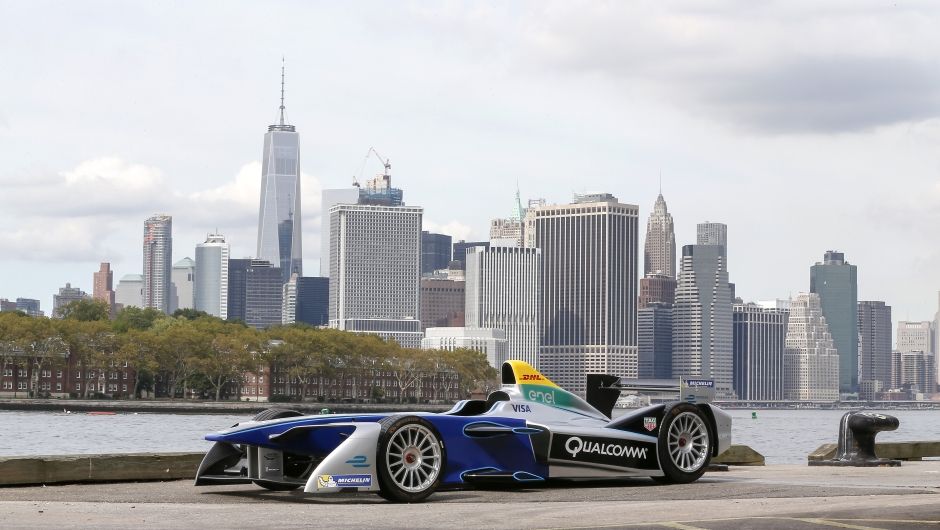
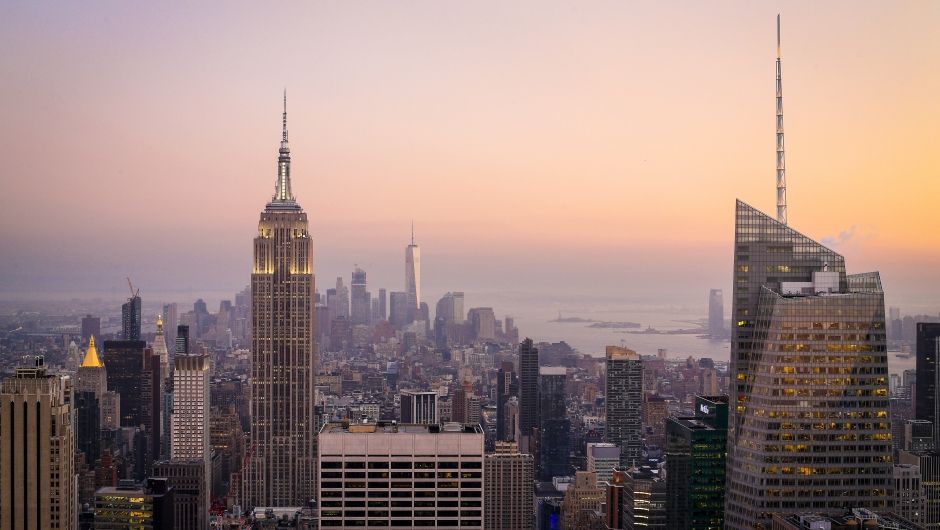

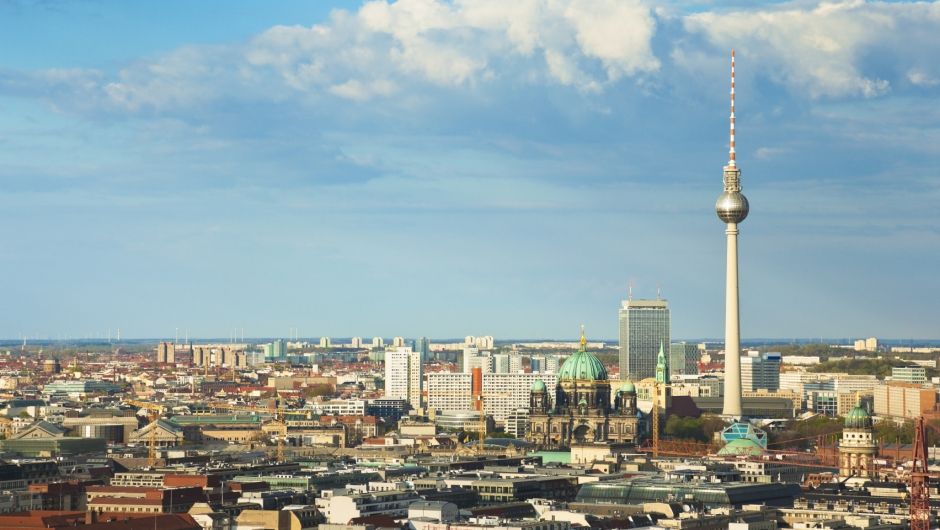
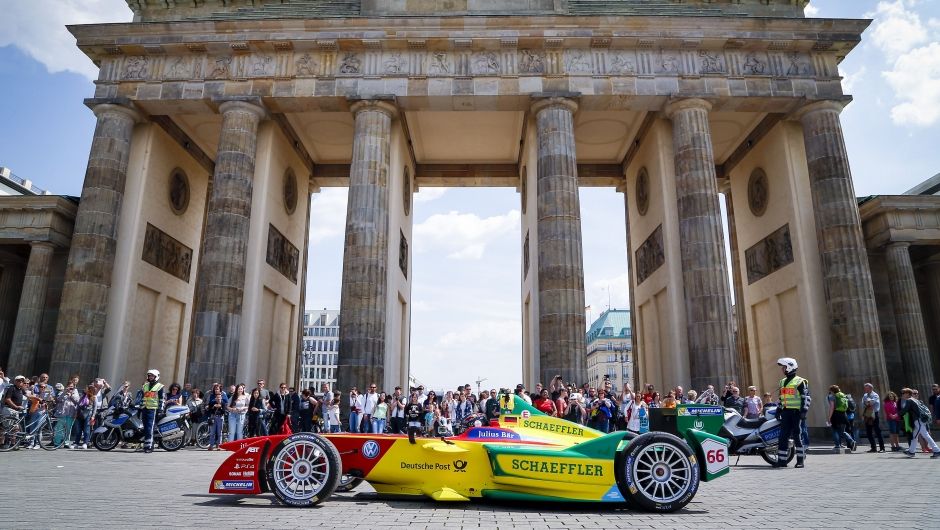


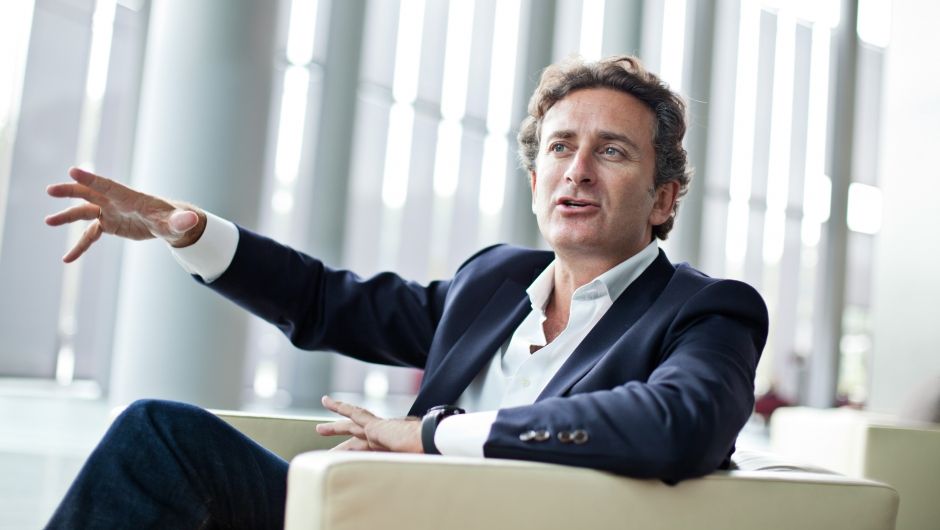
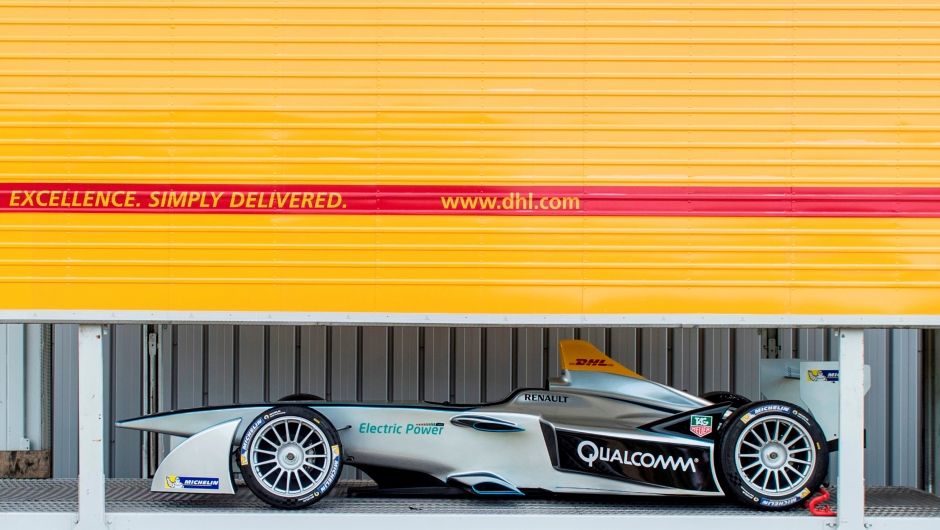
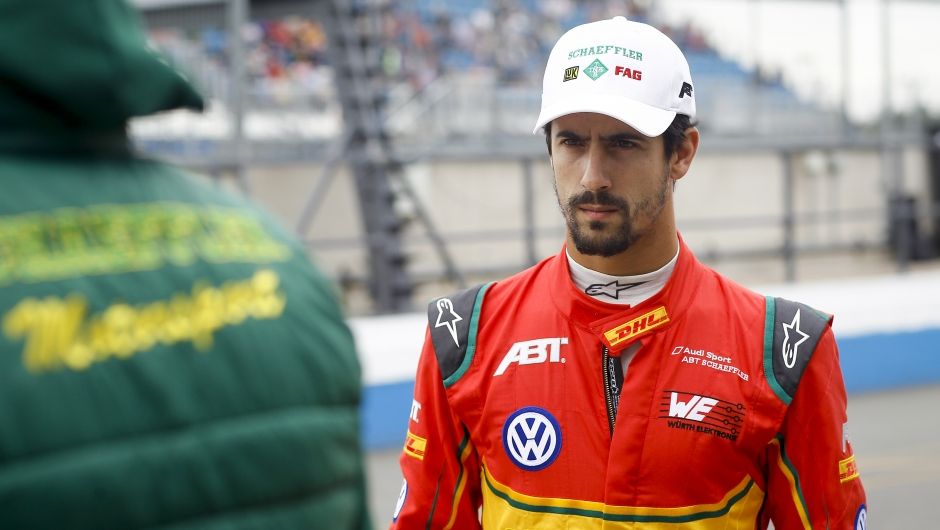
Content from disqus has been blocked because you did not allow to load it.
Loading the blocked content will adjust your privacy setting and content from this service will not be blocked in the future.
You have the right to revoke or change your decision at any time.
Posting Guidelines
All communications on Logistics of Things should be appropriate for a professional community, respecting the diverse views of individuals from different backgrounds. We will review all comments and reserve the right to terminate or restrict access to user's account and to delete any content posted through it, without notice and at our discretion, if we deem it to be overly promotional, offensive, or off topic.
All posting become property of DHL.